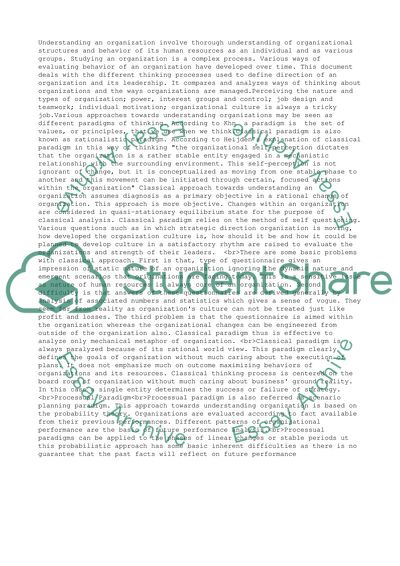Cite this document
(“Understanding organizations Essay Example | Topics and Well Written Essays - 1000 words”, n.d.)
Understanding organizations Essay Example | Topics and Well Written Essays - 1000 words. Retrieved from https://studentshare.org/management/1526631-understanding-organizations
Understanding organizations Essay Example | Topics and Well Written Essays - 1000 words. Retrieved from https://studentshare.org/management/1526631-understanding-organizations
(Understanding Organizations Essay Example | Topics and Well Written Essays - 1000 Words)
Understanding Organizations Essay Example | Topics and Well Written Essays - 1000 Words. https://studentshare.org/management/1526631-understanding-organizations.
Understanding Organizations Essay Example | Topics and Well Written Essays - 1000 Words. https://studentshare.org/management/1526631-understanding-organizations.
“Understanding Organizations Essay Example | Topics and Well Written Essays - 1000 Words”, n.d. https://studentshare.org/management/1526631-understanding-organizations.


